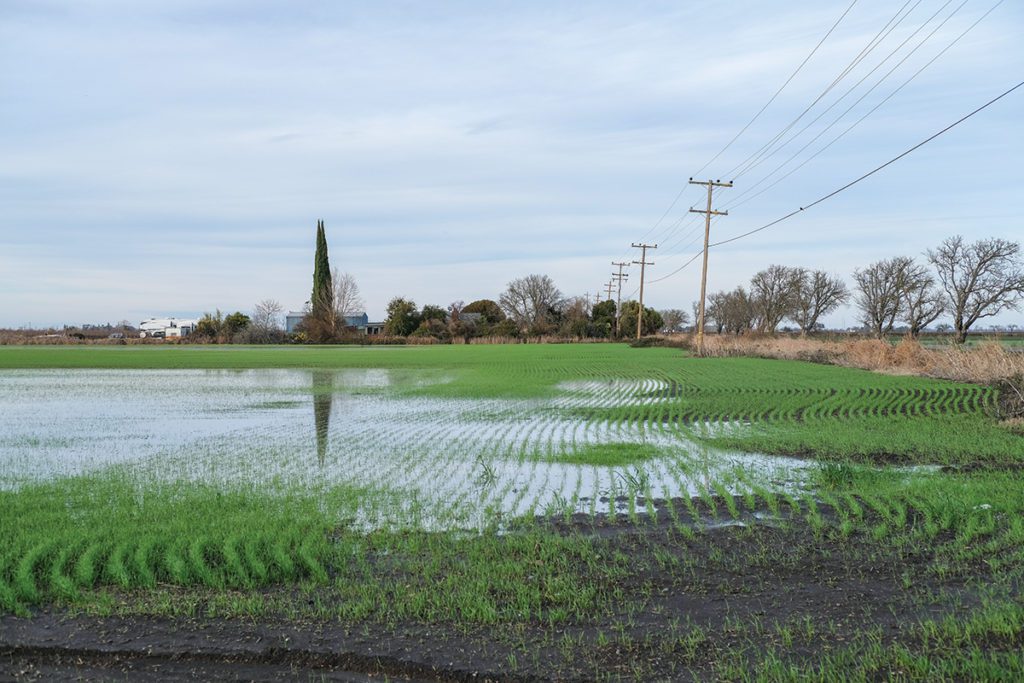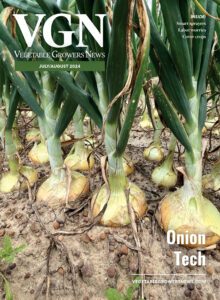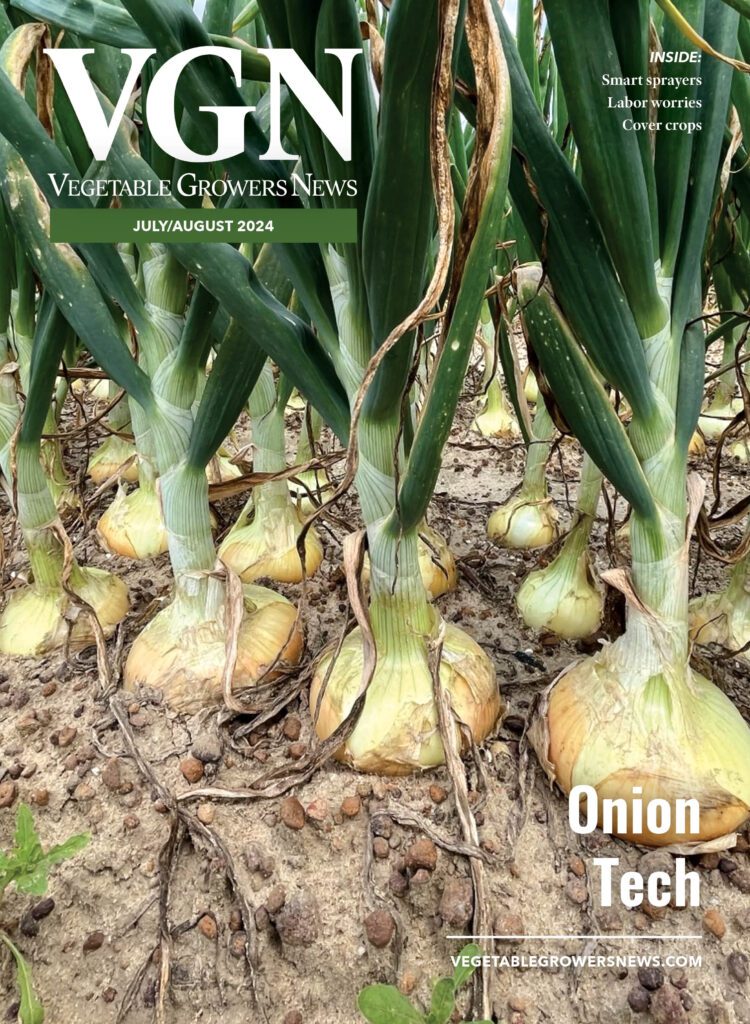Jan 18, 2023Storms damage California crops, farms
Storms bring water and havoc to California farms.
While the water from the storms that hit California during the past two weeks brought some hope for agriculture’s water needs, it also damaged crops.
The historic storms damaged crops from broccoli to strawberries in the Salinas Valley.
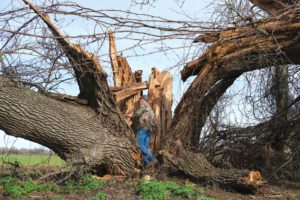

In a Jan. 18 report, the California Farm Bureau Federation reported the weather events piled deep snow in the Sierra Nevada, provided some relief for depleted reservoirs and brightened water-supply prospects for agriculture.
However, the torrential rains also inflicted a harsh toll, with showers, mudslides and fierce winds combining to ruin thousands of acres of crops and wreaking havoc on orchards. Farmers fretted as uncaptured stormwater poured into the ocean.
The storms that hammered California for more than two weeks caused widespread flooding, closed roads, created power outages and prompted evacuations in numerous counties.
As the state received roughly five times its average rainfall, the deluge offered water relief for drought-stricken farmlands.
Since Dec. 31, winds and showers destroyed crops and flooded vegetable fields with filthy water.
On the Central Coast, flooding from the San Lorenzo River engulfed swaths of Santa Cruz County, submerging residential areas and spilling into farmlands.
“There’s quite a bit of property under water,” said Dick Peixoto, owner of Lakeside Organic Gardens in Watsonville. “We have creeks that ran over, lakes that overfilled and backed up into the fields.”
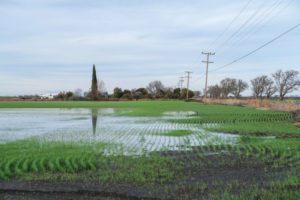

Peixoto estimated he lost a hundred acres of broccoli, cabbage, chard and kale. “I think they’re gone,” he said. “They’ve been underwater for days.”
Because flood waters often contain sewage and other debris, growers are required to destroy crops, including berries, leafy greens and other vegetables, the edible portions of which are exposed to the water. Safety testing after the flooding can delay replanting for weeks.
“There’s going to be a lot of fields that will need to be disked under,” said Richard Bianchi, ranch manager at Sabor Farms in San Benito County. “Across the whole area, there’s a lot of acreage that’s underwater.”
In addition to immediate crop losses, Bianchi said continuous rain caused the ranch to miss plantings for broccoli, cauliflower and lettuce. “All of those should be going in pretty regular right now,” he said. Those plantings would typically be harvested in late April, but “they’re just not going to be there,” Bianchi added.
In Monterey County, the Salinas River overflowed its banks and broke through levees, flooding agricultural fields throughout the Salinas Valley. Some fields were idle, while others contained strawberries and newly planted vegetables, according to Norm Groot, executive director of the Monterey County Farm Bureau.
Meanwhile, parts of Santa Barbara County, where many lemon and avocado trees grow on slopes, saw more than 8 inches of rain in a 12-hour period. At Terra Bella Ranches in Goleta, the rain “moved the earth and sloughed the trees off the hillsides,” said Sheldon Bosio, the farm’s ranch manager. Altogether, he estimated he lost an acre of avocado trees.
Field crops in Southern California also suffered. “Driving through Ventura County, you can see many fields are dealing with flooding,” said Maureen McGuire, chief executive officer of the Farm Bureau of Ventura County, describing the Oxnard Plains area. “We’re expecting to see pretty significant crop losses in the vegetable and strawberry industries here.”


“An onslaught of water came down the Cosumnes River and went over the banks in a couple places, broke a levee and brought a lot of water and debris down into the farmland,” Charlotte Mitchell said. In addition to the toppled oaks, winds clocked at more than 60 mph peeled the roof off a building at the family’s turkey farm.
In nearby Yolo County, the rural community of Clarksburg lost power for close to a week, delaying the use of pumps to alleviate flooded row crops.
“Most of the wheat in the area is under water,” said Tom Slater, who grows winegrapes, wheat and alfalfa. “More than likely, it’s a complete loss.”
Despite the destruction, farmers across California expressed optimism. “Thank God for the rain,” said Hunn, the Clarksburg farmer, who grows wheat, alfalfa, processing tomatoes, cucumbers and sunflowers. “We need the rain and the snow in the mountains to fill the reservoirs.”
According to state data, as of Jan. 11, the Sierra Nevada snowpack was more than double its average for that date and had already exceeded the end-of-season average, typically measured on April 1. As of Friday, the rain had lifted much of California out of “extreme drought,” though nearly half the state remained in “severe drought” status. The state’s largest reservoirs rose significantly, though most remained below their historical average.
After years of drought, the rain is welcome news for farmers of every commodity.
“It’s looking very positive for water deliveries to happen this year so that a full rice crop can hopefully be planted,” said Colleen Cecil, executive director of the Butte County Farm Bureau. “The water is definitely much needed.”
The rain is also replenishing groundwater reserves, which Cecil said will especially benefit the region’s walnut and almond trees. “This precipitation is going to be fantastic for groundwater recharge and for our aquifers,” she said.
Gratitude for the rainfall was tempered by regret over missed opportunities to capture and store more of it. “It is incredibly frustrating that we’re getting all of this rain and we could have more storage, and we don’t,” Cecil said.
— Caleb Hampton, California Farm Bureau Federation


